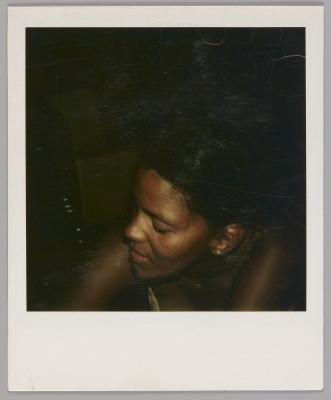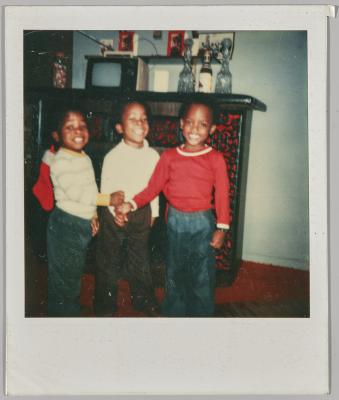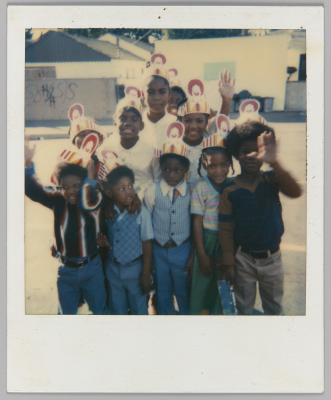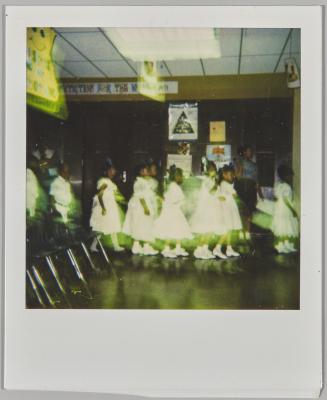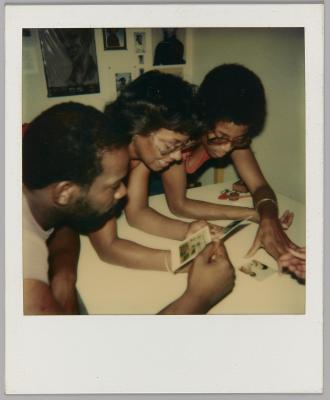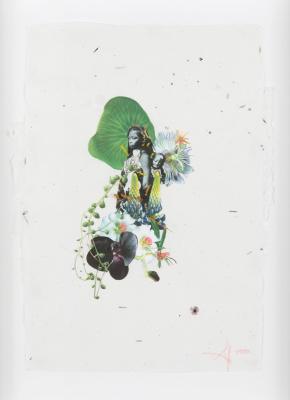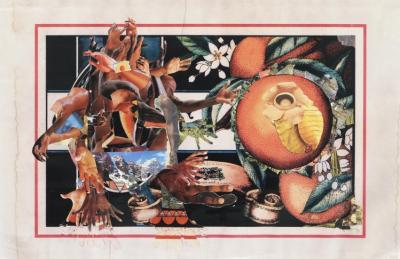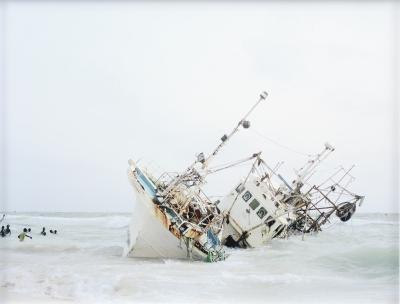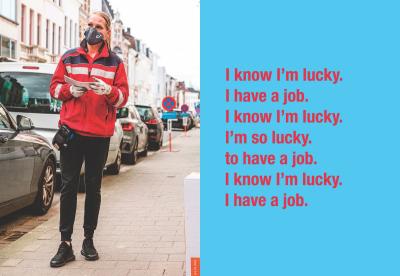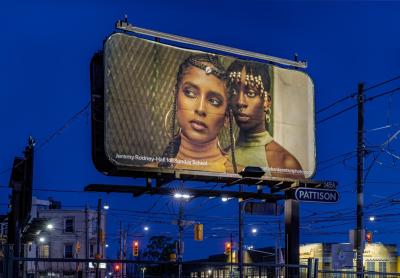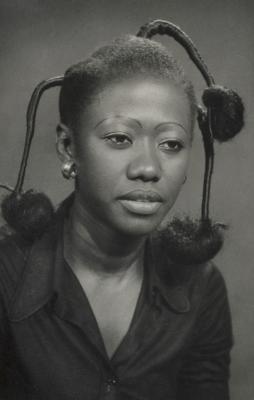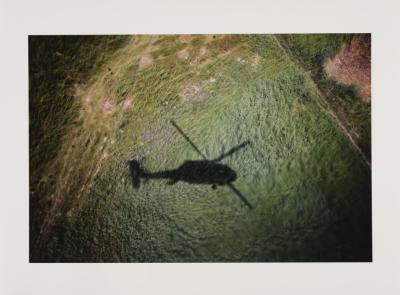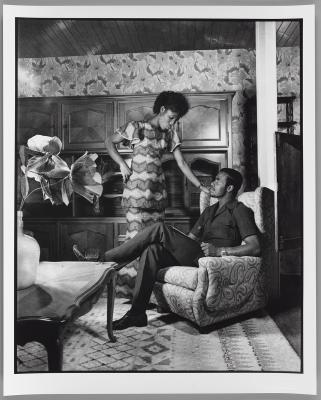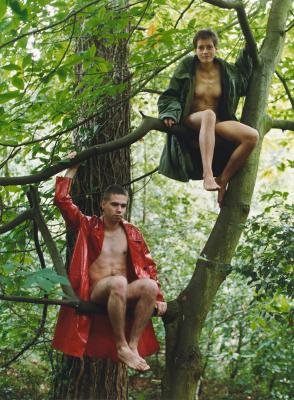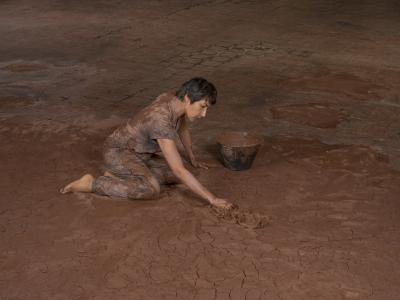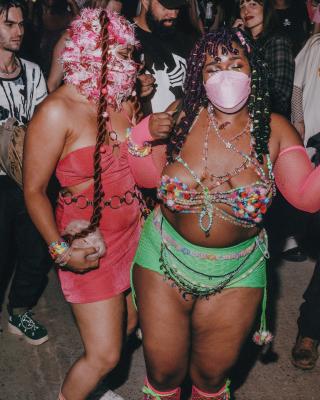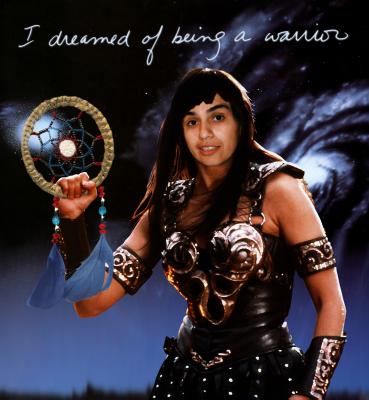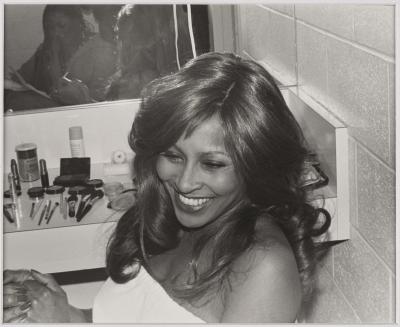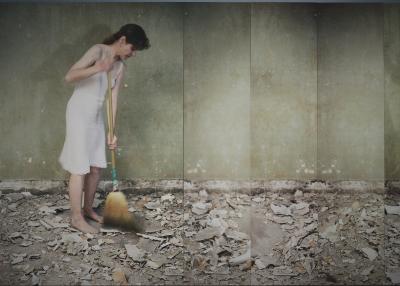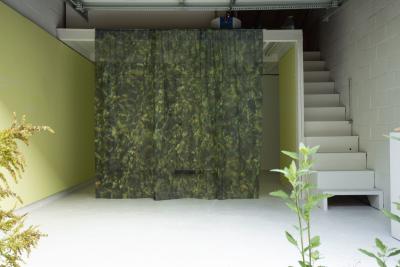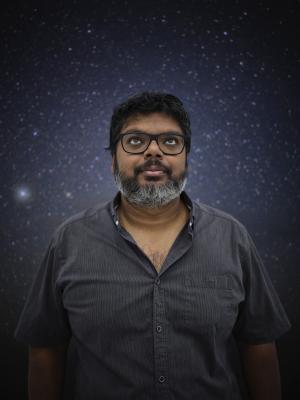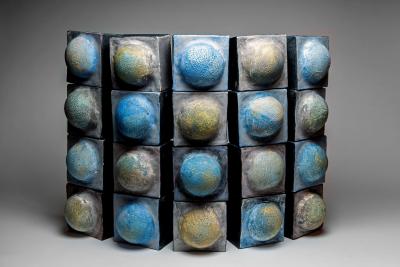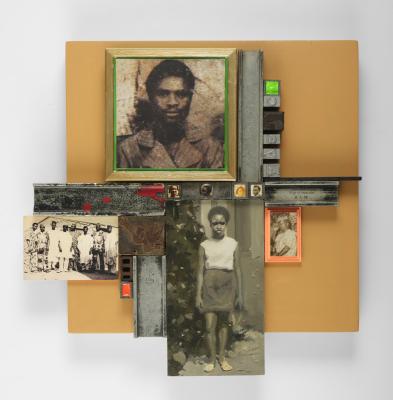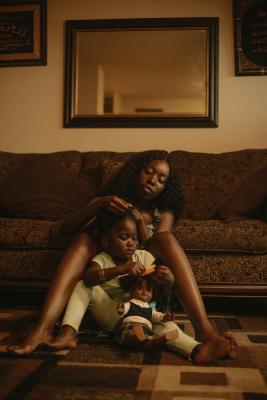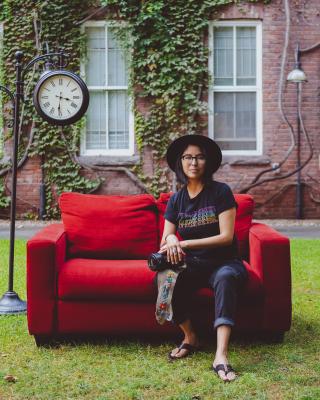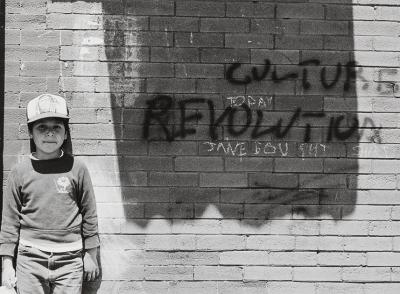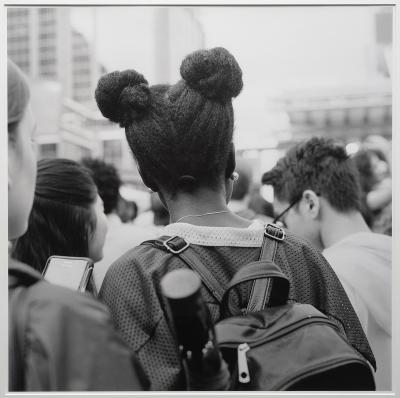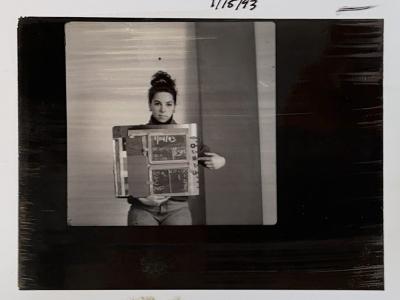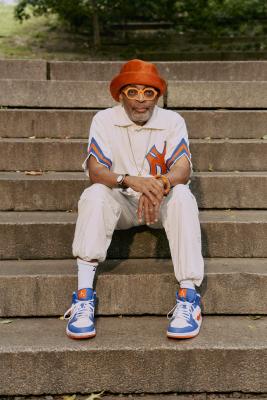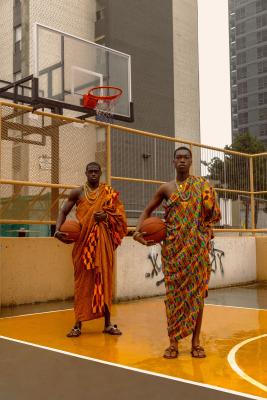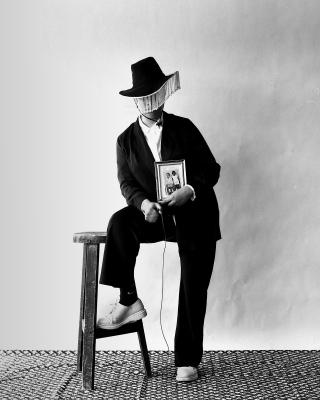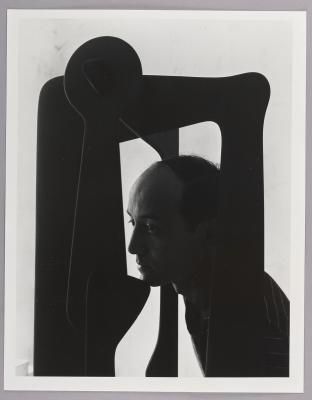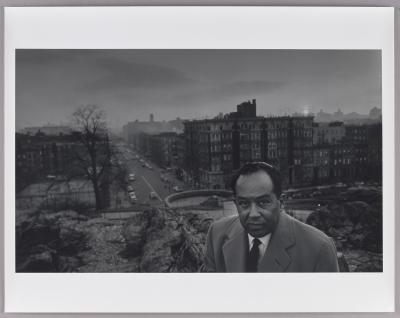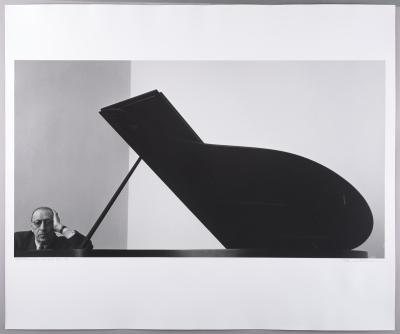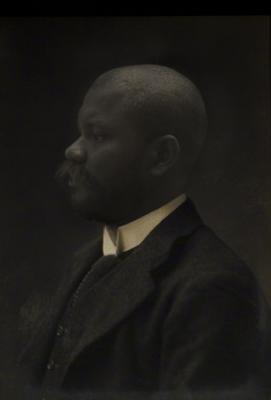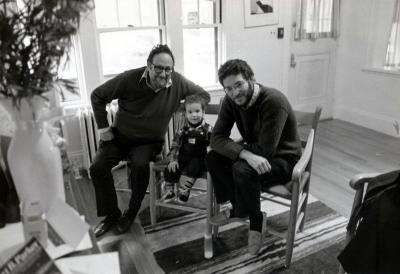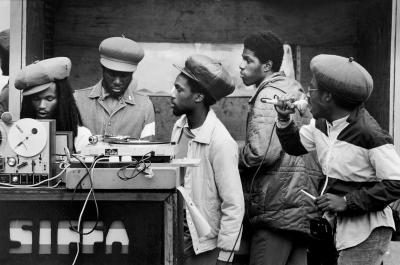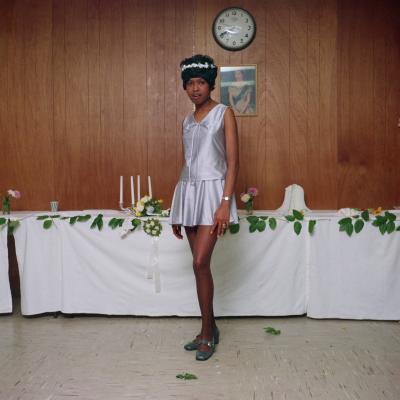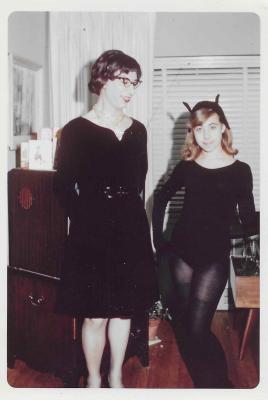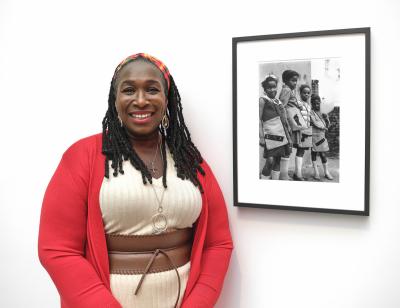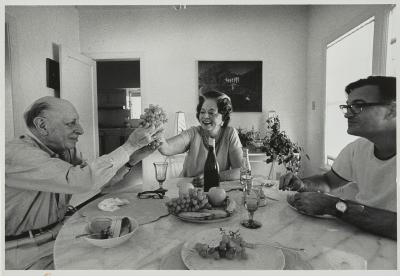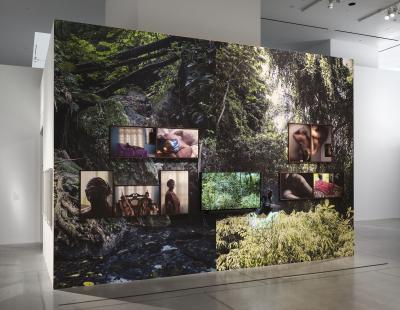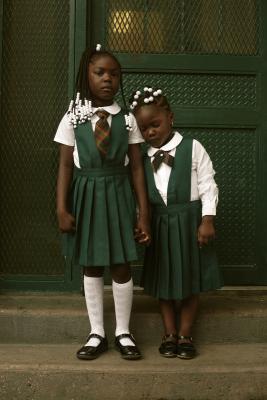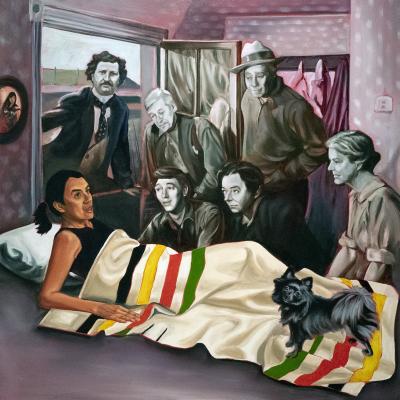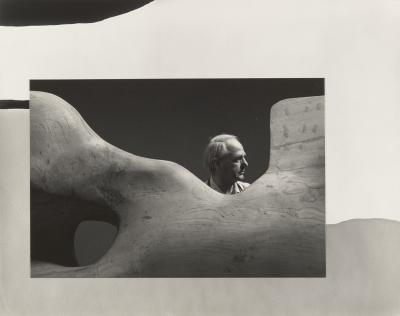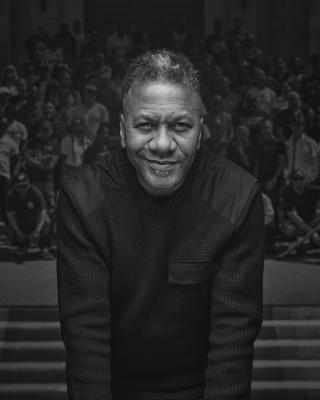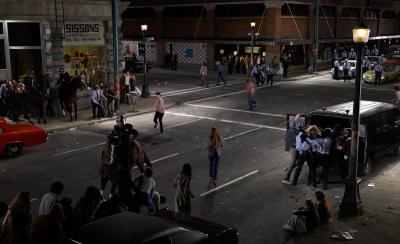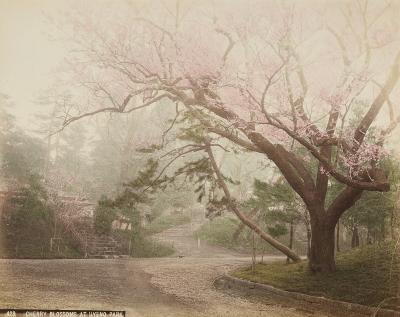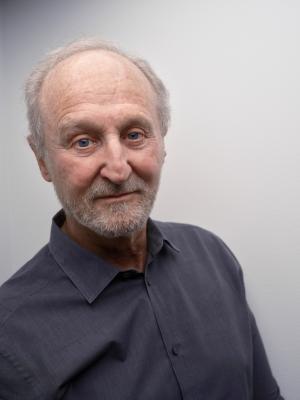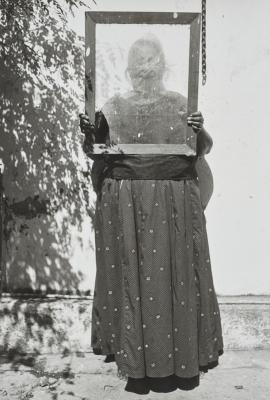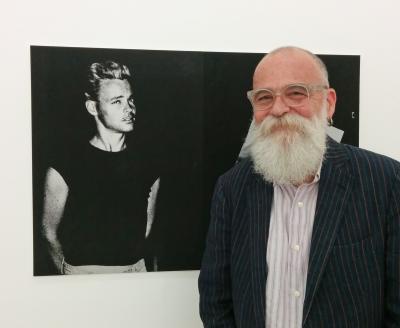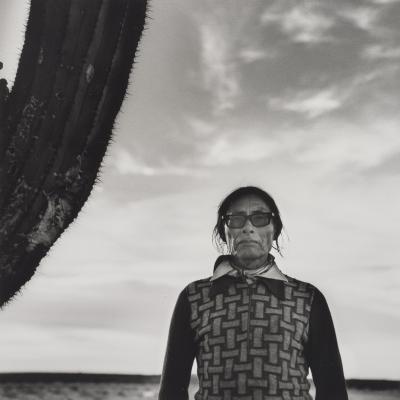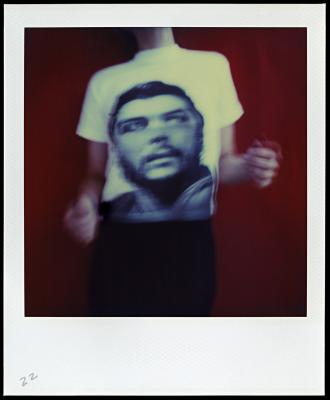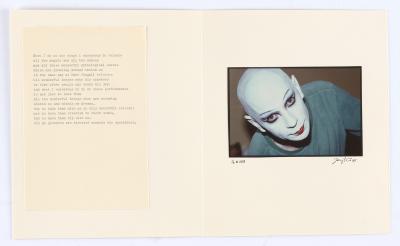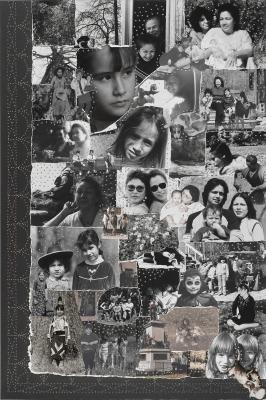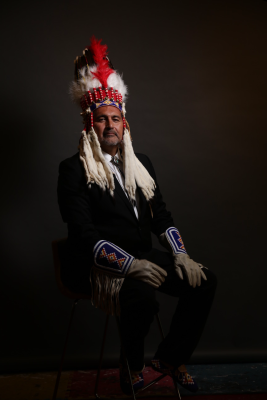Abraham O. Oghobase on subverting the colonial gaze
The Lagos-born, Toronto-based photographer discusses his work on view at the AGO through January 7
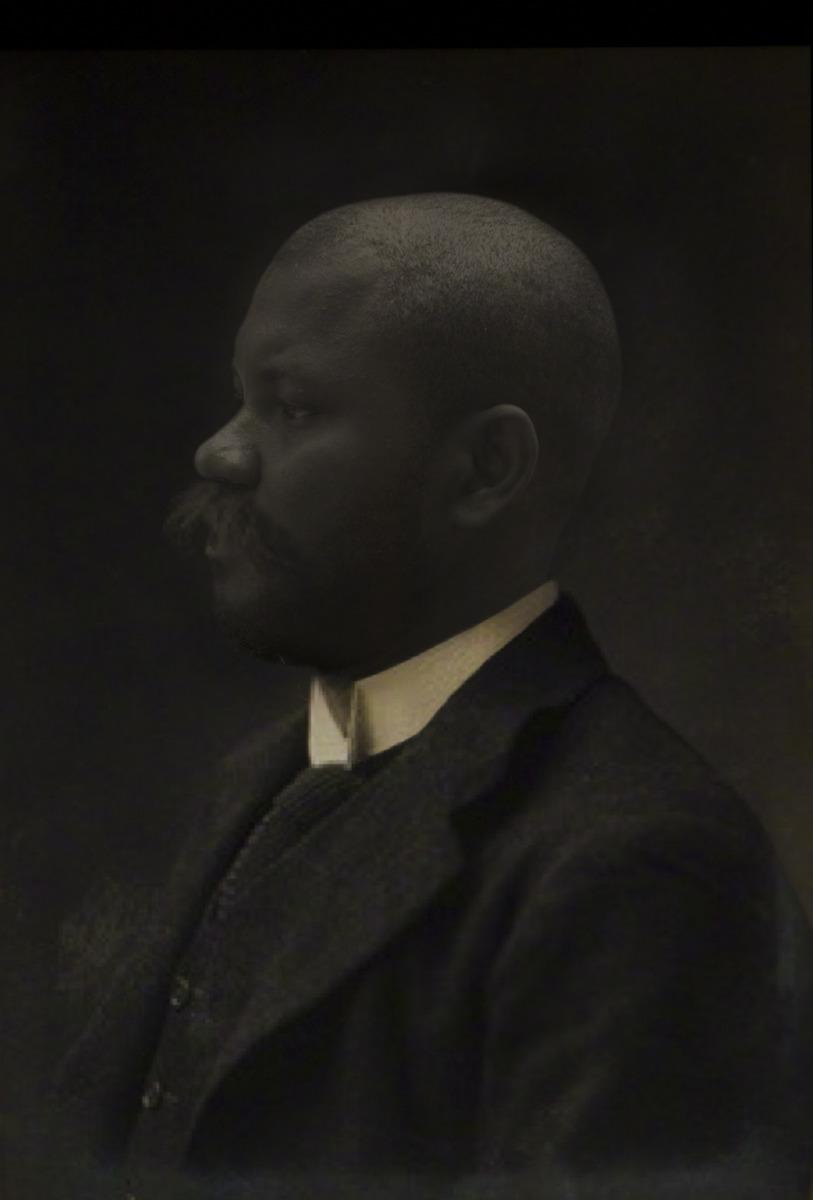
Abraham O. Oghobase. Colonial Self Portrait 01, 2018. Inkjet print on fine art paper, Overall: 12.7 × 17.8 cm. Courtesy of the artist. © Abraham O. Oghobase.
Abraham O. Oghobase deconstructs and reconstructs photographs. Knowledge production, land, colonial histories and representation -- he investigates themes that, though broad, are deeply interwoven to uncover new narratives and the materiality of image-making.
As seen in the most recent showcase of his work on view at the AGO, Oghobase uses self-portraiture to challenge how race and otherness are understood. In his series Colonial Self–Portrait, he reimagines Nigerian history by placing his own image on late 19th and early 20th portraits of British administrators in colonial Nigeria—a direct way to undermine the colonial authority while presenting the possibility of a different narrative. Works in the Colonial Self-Portait series by Oghobase are on view in the group exhibition, Re-Mixing African Photography: Kelani Abass, Mallory Lowe Mpoka and Abraham Oghobase.
Before Re-Mixing African Photography closes at the AGO on January 7, Oghobase shared with us what led him to deconstruct how Black bodies have been historically portrayed and the intricacies of his expanding practice. For Oghobase, 2024 looks bright as he will be one of nine artists featured at the Nigerian pavilion at the 2024 Venice Biennale.
Foyer: Can you describe what prompted you to begin your Colonial Self-Portrait series? What was it about self-portraiture that appealed to you as a pathway to subvert the colonial gaze?
Oghobase: I began a project in 2016 that examined the impact of colonial-era natural resource exploitation on the landscape of Jos. As part of my research, I explored archival images from that era and I was fascinated by the contrasting ways in which the African subjects of these photographs were captured as opposed to British colonial rulers – from poses to dress and composition of the images, one can see how ideas (of power and class, for example) are deliberately conveyed.
With these images in mind and thinking about how the Black body has typically been portrayed throughout history, I looked for ways to reimagine the subject/s, to reposition the Black body and subvert that idea of what defines power and sophistication. Self-portraiture has long been a part of my practice as a means of navigating and reflecting on ideas and experiences, and so it was natural for me to use my own body as a point of departure to engage history on a deeper level and interrogate these ideas about representation.
Foyer: Do you feel that your work embodies a tension between art and artifact? Why or why not?
Oghobase: Yes, in a way my work confronts the artifacts by reflecting on colonial history and how it relates to land and people, power and control, as well as the history of representation in photography, and subsequently reimagining it through my artistic process (in this case, digital manipulation). I’m particularly interested and attuned to vibrations in the work – how or why a certain archival image makes me feel a certain way, and how I can transform those feelings by creating new visual compositions and narratives.

Installation view: Re-Mixing African Photography: Kelani Abass, Mallory Lowe Mpoka And Abraham Oghobase, July 8, 2023 - January 7, 2024, Art Gallery of Ontario. Artwork © Abraham O. Oghobase, Colonial Self-Portrait 02, 2018; Colonial Self-Portrait 05, 2018. Photo: AGO.
Foyer: Can you share what goes into the research, staging and assembly of your photographs? What is involved in your creative process?
Oghobase: Alongside institutional archives, I’m currently incorporating books – particularly from the colonial era in African history – into my practice. I’m interested in not only the text, but how the diagrams, numbers, photographs, titles and headings etc. within these books evoke certain tensions and feelings and how one can stretch the limits and boundaries (material and intangible) of these objects.
Experimentation is a key part of my practice, alongside abstraction. From scanning to repetitive photocopying, digital collage and different printing processes, I’m mining the images, diagrams, text and ideas they represent for ways to stretch the subject(s) and well as the form/material. I draw inspiration from artists such as Glenn Ligon and Carrie Mae Weems whose work pushes the limits of a single art form.

Installation view: Re-Mixing African Photography: Kelani Abass, Mallory Lowe Mpoka And Abraham Oghobase, July 8, 2023 - January 7, 2024, Art Gallery of Ontario. Artwork © Abraham O. Oghobase, Colonial Self-Portrait 01, 2018; Colonial Self-Portrait 02, 2018; Colonial Self-Portrait 05, 2018. Photo: AGO.
Foyer: Among the photographs on view, you’ve also included what looks to be a replica of an 18th-century handgun and a work that resembles a cased daguerreotype or tintype. Why have you chosen to include these more three-dimensional components?
Oghobase: As a part of my practice, I like to explore beyond the standard two-dimensional photograph, which has led me to experiment with the materiality of images – in their printing and presentation, for example. The objects I have included in the installation serve as an additional, poetic means of extending the ideas and evoking feelings present in the framed works – the gun as a symbol of power, force and the vintage photo case reinforcing the “authenticity” of the portrait within (as an original daguerreotype rather than a digital manipulation).
Foyer: As we enter 2024, what projects are you working on? What are you looking forward to exploring through your art?
Oghobase: My work is based on practice so I’m constantly working on extending ideas and creating new layers to existing work, developing new ideas and forms and seeing what results. I have a few upcoming exhibitions (including being one of the selected artists for the Nigeria pavilion at La Biennale de Venezia next year) that I’m working towards. And I continue to research and experiment (for example, I’m trying my hand at sculpture to see what I can learn from it). I’m otherwise looking forward to nurturing existing as well as developing new relationships within the art community (both locally and globally) in 2024.
Re-Mixing African Photography: Kelani Abass, Mallory Lowe Mpoka and Abraham Oghobase is on view until January 7, 2024, on Level 2 of the AGO in the Murray Frum Gallery (249).

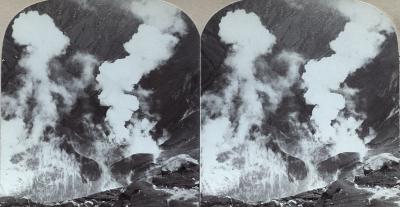
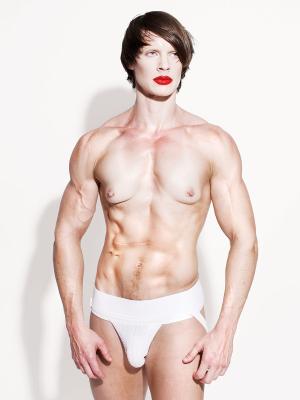
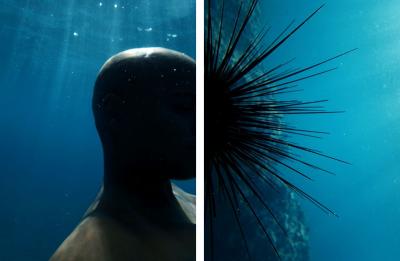

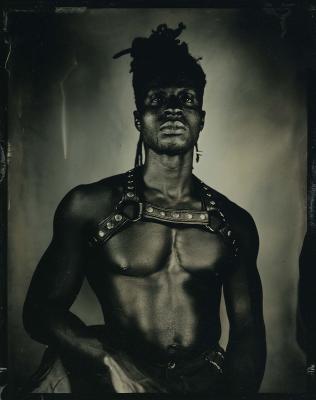

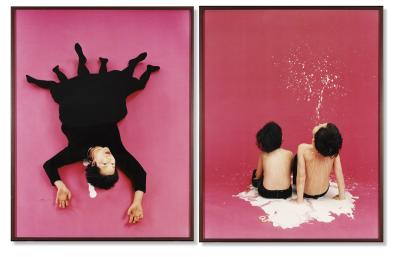
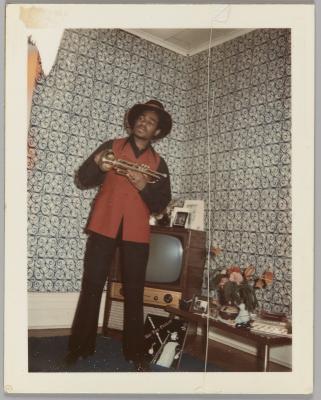
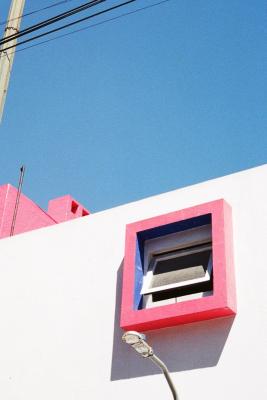

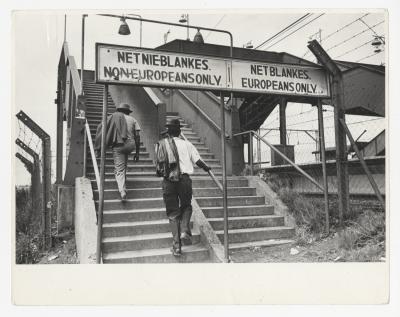
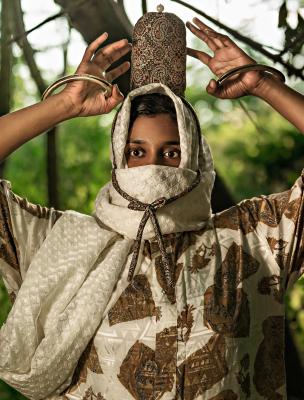
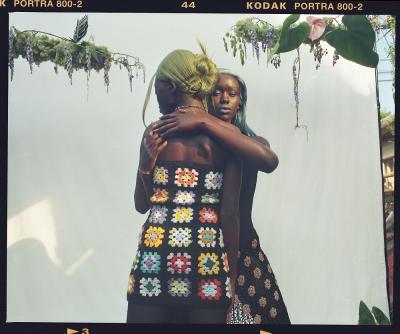
![Unknown photographer, Chillin on the beach, Santa Monica [Couple on beach blanket]](/sites/default/files/styles/image_small/public/2023-04/RSZ%20WMM.jpg?itok=nUdDiiKr)
